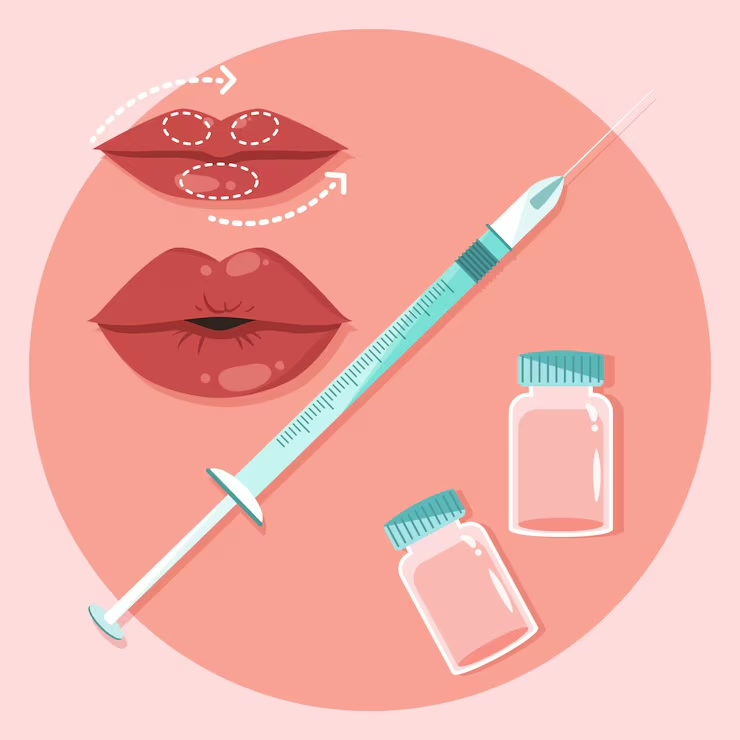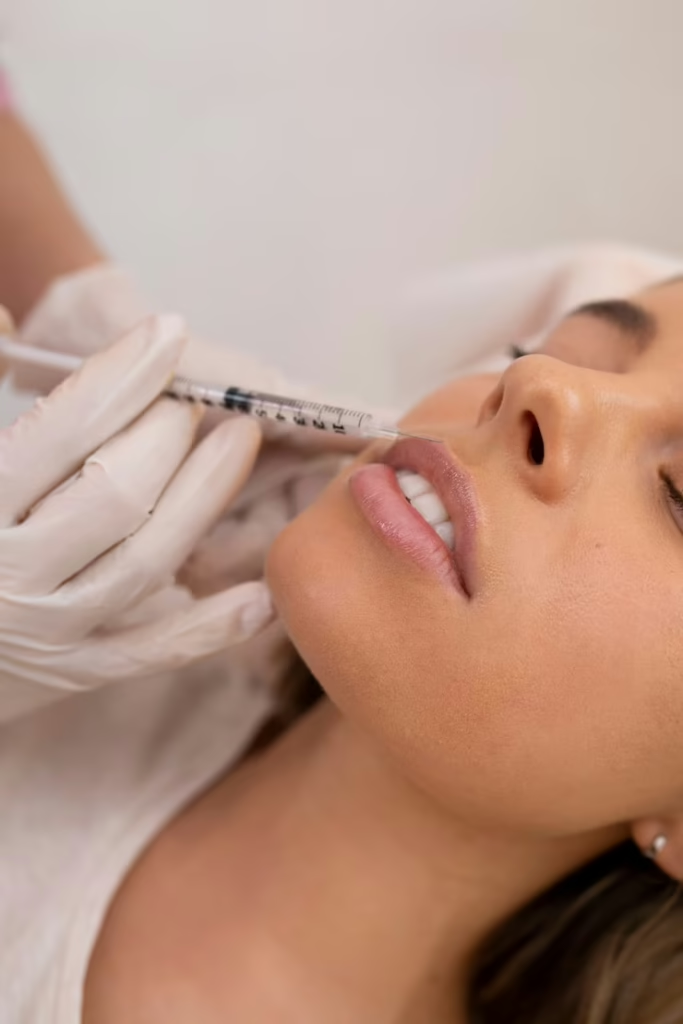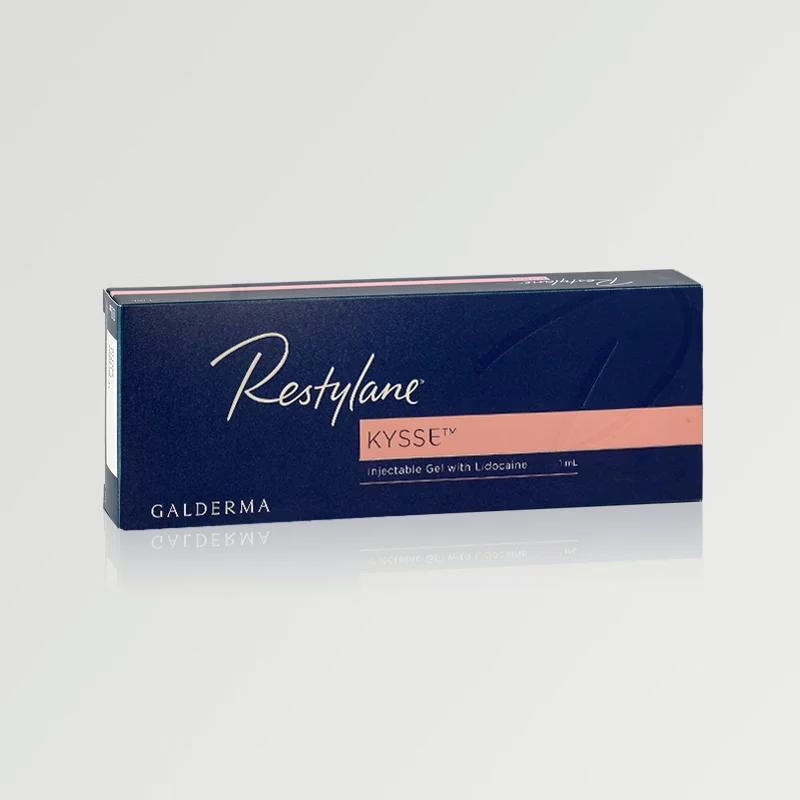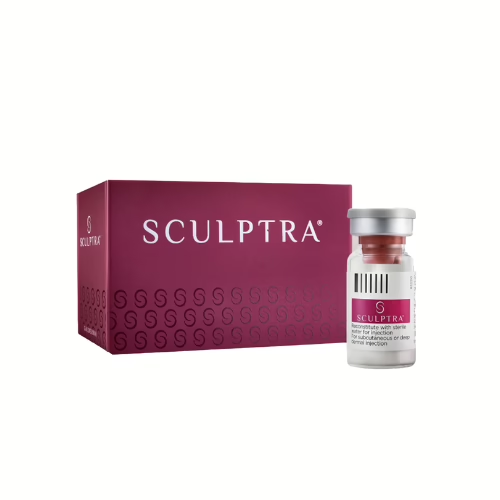The Ultimate Guide to Filler Treatments: 10 Things You Need to Know

Discover everything you need to know about filler treatments, from benefits and types to safety, costs, and what to expect. Perfect for first-timers!
Table of Contents

Introduction: Why Are Filler Treatments So Popular?
Let’s be real—whether you’re scrolling through Instagram or flipping through a beauty magazine, you’ve probably seen the flawless, sculpted results of filler treatments. These non-surgical cosmetic procedures have surged in popularity in the last decade, and it’s easy to see why. They offer a quick, relatively painless, and highly effective way to enhance your natural beauty without going under the knife.
Filler treatments were once reserved for celebrities and influencers is now accessible to everyday people who want to smooth fine lines, add youthful volume, or contour their features. Whether it’s subtle lip plumping or full facial rejuvenation, fillers provide a personalized solution to help you look and feel your best—fast.
What Are Filler Treatments?
Filler treatments are a type of aesthetic procedure where a gel-like substance is injected beneath the skin to restore lost volume, smooth out lines, soften creases, or enhance facial contours. These treatments are minimally invasive and typically require little to no downtime, making them a go-to for people seeking instant results without surgery.
The most popular filler substances are hyaluronic acid-based, a naturally occurring compound found in your skin that helps maintain hydration and volume. Other types include calcium hydroxylapatite, poly-L-lactic acid, and polymethyl-methacrylate (PMMA). Each type serves a specific purpose and has unique properties that cater to different facial concerns and goals.
Unlike Botox, which relaxes muscles to reduce wrinkles, fillers physically add volume to the treated areas. This makes them ideal for enhancing lips, cheeks, jawlines, and more. The effects are typically noticeable immediately after the procedure and can last several months or even years, depending on the filler used.
1. What Are Dermal Fillers Made Of?
Dermal fillers come in various formulations, but the most common and widely used are made from hyaluronic acid (HA). HA is a sugar molecule naturally found in our skin, joints, and eyes, playing a crucial role in maintaining moisture and elasticity. When injected, it attracts water molecules to the treated area, giving the skin a hydrated, plump, and youthful appearance.
Other types of fillers include:
- Calcium Hydroxylapatite (Radiesse): A thicker filler used for deeper lines and volume loss in areas like the cheeks and jawline. It also stimulates collagen production over time.
- Poly-L-Lactic Acid (Sculptra): A biostimulatory filler that gradually improves skin texture and volume by encouraging collagen growth. Results develop over several weeks.
- Polymethyl-Methacrylate (Bellafill): A semi-permanent filler that provides long-lasting results, ideal for deeper lines and acne scars. It’s composed of microspheres suspended in a collagen gel.
Choosing the right type of filler depends on the treatment area, your desired outcome, and your provider’s recommendations.
2. Benefits of Filler Treatments
So why do people love filler treatments so much? Aside from the visible transformations, fillers offer a wide range of benefits that make them appealing to a broad audience:
- Instant Results: You’ll see improvement right after your session, with full results visible within a week.
- Non-Surgical: No incisions, no anesthesia, no scars—just quick and easy injections.
- Minimal Downtime: Most people return to work or daily activities the same day.
- Customizable: Your injector can tailor the treatment to your unique facial structure, goals, and preferences.
- Reversible: HA fillers can be dissolved with an enzyme called hyaluronidase if you’re unhappy with the results.
- Natural Look and Feel: When done correctly, fillers enhance your features subtly—think refreshed, not overdone.
Fillers are also incredibly versatile, making them ideal for first-time cosmetic patients and seasoned aesthetic veterans alike.

3. Who’s a Good Candidate?
Most healthy adults are excellent candidates for dermal fillers. If you’re dealing with mild to moderate volume loss, fine lines, or want to enhance certain facial features, fillers might be right for you. Ideal candidates typically:
- Are over 18 years old
- Have realistic expectations
- Are not pregnant or breastfeeding
- Don’t have active infections or certain autoimmune disorders
- Are looking for non-permanent, subtle aesthetic changes
It’s important to have a consultation with a licensed injector to ensure fillers are suitable for your skin type, health status, and aesthetic goals.
4. Common Treatment Areas
Dermal fillers can be used in many areas of the face—and even other parts of the body—to restore youthfulness and symmetry. Some of the most popular treatment areas include:
- Lips: Enhance volume, shape, and symmetry.
- Cheeks: Restore lift and fullness to sunken areas.
- Under Eyes: Reduce the appearance of dark circles and hollows.
- Nasolabial Folds: Smooth the lines running from the nose to the corners of the mouth.
- Marionette Lines: Soften creases from the mouth to the chin.
- Jawline: Define and sculpt the jaw.
- Chin: Add projection or balance facial proportions.
- Hands: Rejuvenate by replacing lost volume and smoothing out wrinkles.
By targeting specific areas, fillers can subtly enhance facial harmony and create a more youthful, rested appearance.
5. What Happens During the Procedure?
If you’re new to filler treatments, knowing what to expect can ease any anxiety. Here’s a step-by-step breakdown of a typical appointment:
- Consultation: You’ll discuss your goals, medical history, and any concerns with your provider. Photos may be taken for reference.
- Assessment: Your injector will evaluate your facial structure and recommend specific fillers and treatment areas.
- Preparation: The treatment area is cleaned, and a topical numbing cream may be applied to reduce discomfort.
- Injection: The filler is carefully injected using a fine needle or cannula. Your provider may massage the area to ensure even distribution.
- Aftercare Advice: You’ll receive instructions on what to avoid post-treatment and when to return for follow-ups if needed.
The whole process typically takes 30 to 60 minutes, depending on the number of areas being treated.
6. Are Filler Treatments Painful?
Pain levels vary depending on your sensitivity and the area being treated, but most patients report only mild discomfort. Thanks to numbing creams and the inclusion of lidocaine in many filler formulas, the injections are relatively painless.
You may feel a slight pinch or pressure during the procedure, especially in sensitive areas like the lips or under the eyes. If you’re particularly pain-sensitive, talk to your provider about additional comfort measures like ice packs or nerve blocks.

7. Recovery and Aftercare Tips
Recovery from filler treatments is typically quick and easy. Most people experience mild swelling, redness, or bruising at the injection sites, but these side effects usually subside within a few days.
Here are some aftercare tips to ensure optimal results:
- Avoid strenuous exercise and alcohol for 24–48 hours.
- Don’t rub, massage, or apply pressure to the treated areas.
- Sleep on your back with your head elevated the first night.
- Skip makeup for the first 12 hours to avoid infection.
- Apply a cold compress to reduce swelling if needed.
If any unusual symptoms occur—like intense pain, discoloration, or signs of infection—contact your provider immediately.
8. How Long Do Fillers Last?
One of the most appealing aspects of fillers is their longevity. While they’re not permanent, many offer long-lasting results that reduce the need for frequent touch-ups.
Here’s a general timeline:
- Hyaluronic Acid Fillers (Juvederm, Restylane): 6 to 18 months
- Calcium Hydroxylapatite (Radiesse): 12 to 18 months
- Poly-L-Lactic Acid (Sculptra): Up to 2 years
- PMMA (Bellafill): Up to 5 years


Keep in mind, how long a filler lasts can vary based on the treatment area, the product used, your metabolism, and lifestyle habits such as sun exposure and smoking.
9. Are There Any Risks?
Fillers are generally safe when administered by trained professionals. However, like all medical procedures, they do come with potential risks and side effects. These may include:
- Bruising and swelling
- Redness and tenderness
- Allergic reactions
- Infection at the injection site
- Lumps or uneven texture
- Rare vascular complications (e.g., filler blocking a blood vessel)
To minimize risks, always choose a licensed and experienced provider, preferably one who uses ultrasound guidance for high-risk areas.
10. How Much Do Fillers Cost?
The cost of filler treatments depends on multiple factors: the type of filler, the number of syringes used, the treatment area, and the clinic’s location. Here at Dicarat we offer you the best prices!
Consider the longevity of results and the value of expert care. Cheap treatments can result in complications or unnatural results, which are often more expensive to fix. So getting a good price with the best results is how we can help YOU!
Bonus: 5 Filler Myths Debunked
Let’s clear up some common misconceptions about fillers:
- “Fillers make you look fake.” When done by a skilled injector, fillers enhance your features naturally.
- “Only older people need fillers.” People in their 20s and 30s use fillers for contouring and prevention.
- “They’re permanent.” Most fillers are temporary and gradually break down over time.
- “It stretches your skin.” Fillers restore volume and don’t cause sagging if stopped.
- “Men don’t get fillers.” Increasingly, men are turning to fillers for defined jawlines and anti-aging benefits.
Choosing the Right Clinic
With so many options out there, choosing the right provider is essential. Here at Dicarat we can help you out:
- Board-certified injector or doctor
- Positive reviews and real patient before-and-after photos
- Transparent pricing and consultations
- Clean, professional environment
- Ongoing training and certification
Your face deserves top-tier care. Invest in an experienced professional to achieve safe, beautiful, and long-lasting results. Click here to contact the Dicarat clinic!
Ready to Try Fillers?
If you’re ready to enhance your features or refresh your appearance, filler treatments are one of the best non-surgical options available. With instant results, minimal downtime, and customizable options, it’s no wonder more people are turning to dermal fillers for their glow-up.
Book a consultation with us here or DM us for more help, and take the first step toward a more confident, radiant you.